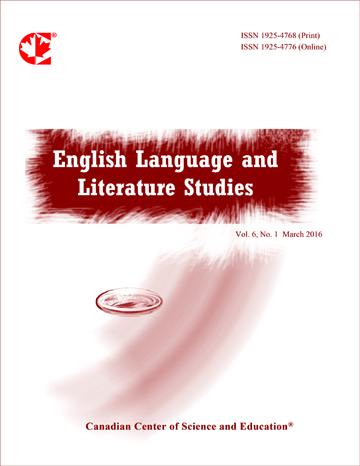Tracing Fidelity to the Discursive Field and Aesthetic Adequacy in Translation: A Transcultural Perspective
- Edith Natukunda-Togboa
Abstract
There are established internationally recognised standards of assessing translation quality; however, it is the means of determining their appropriateness and acceptability in different social contexts that is debatable. The article traces discourse fidelity through some selected linguistic and aesthetic criteria of compliance with the standards of “accuracy”, “adequacy”, “correctness”, “correspondence” and “fidelity” in the target language translation process. These criteria are then tested for aesthetic equivalence through the analysis of the translation of the historically compelling text, the Luganda evangelical epic TukutenderezaYesu (We praise you Jesus) of the international Anglican Revival Movement into a modern Runyankore video-recorded and choreographed version. To this end, the author draws on cultural semiotics, functionalist and textual theoretical models that take translation quality assessment beyond linguistic acceptability. Among other findings, one note that beyond the translator’s linguistic skills, the emphasis in tracing discourse fidelity and aesthetic adequacy in translation, needs to be placed on the sensitivity to the discourse in question, the “situationality” of the translated text, the translator’s interpretative ability and the information/communication technology used to circulate the final product.
- Full Text:
 PDF
PDF
- DOI:10.5539/ells.v6n3p103
